Scottish battles, like many other battles, scarred the nation’s memory for a number of reasons: many losses suffered on one or both sides, the exploits of individuals, or the length of time they raged. Prestonpans was one of the shortest battles in Scottish history, lasting just under ten minutes.
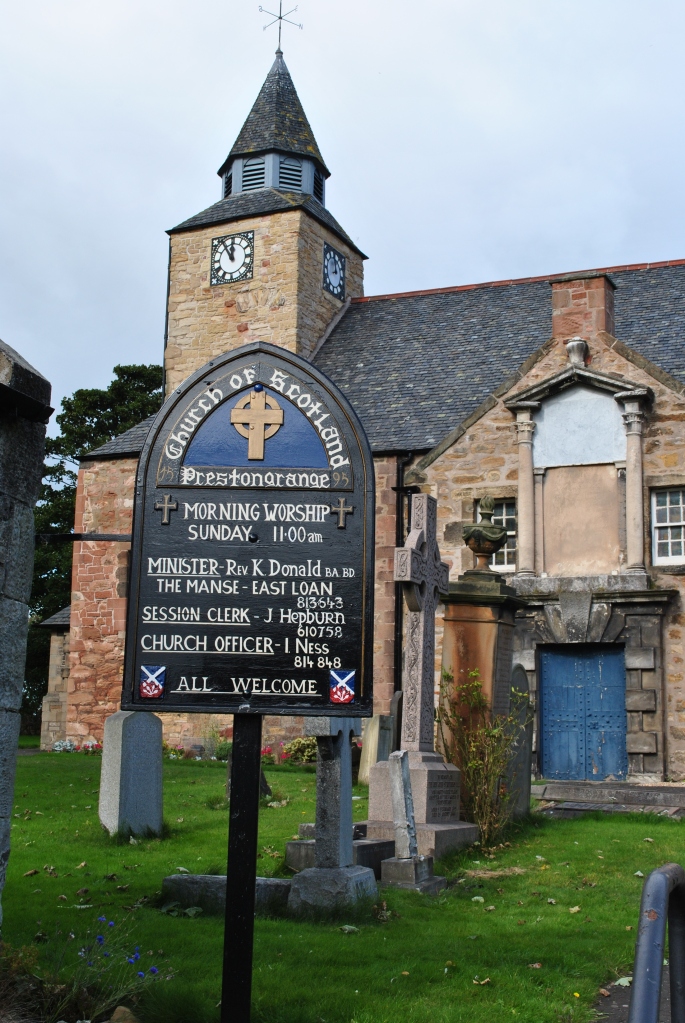
21st September 1745.
It was September 21st, 1745. Prince Charles had come to rule the country and liberate it from English occupation. He had just taken the capital, Edinburgh, where the soon-to-be King of the Scots was celebrated euphorically.

This was bad news for the English and their general, Sir John Cope, who led a group of soldiers with little experience in war. Nevertheless, he had to stop this and marched towards Edinburgh. On the way there, they camped in Haddington and the Jacobites in Edinburgh knew exactly where they were. In the evening, Charles Edward Stuart held council. They wanted to force Cope and his troops into battle on their way to Edinburgh instead of waiting for them in the capital. The Scots marched south, and when General Cope heard this, he positioned himself to his advantage. His forces were waiting in a field, their back protected by an inaccessible bog. The Scottish rebel prince and his men were to be fought here.

Cope commanded 2,000 men and he had artillery. The rebels took a stand from where they could easily overlook General Cope’s camp. They had a few muskets, no artillery, just their broadswords and dirks, the Highlander’s typical knives. There was no way a frontal attack would bring success. The evening came. The next morning would see either victory, death, or captivity.
The Evening Before the Battle
That evening, young Robert Anderson spoke up. He came from Whitburgh and knew the area well. Anderson told the prince of a path through the bog by which route they could sneak behind English lines. A dark and thick fog had come in off the sea and hovered on the moor. Robert Anderson led the Highlanders through the bog in the night and in fog. He led small groups on the narrow path, a potentially deadly route, but Anderson kept his promise and led the men safely to their destination.
The Morning of the Battle
When the first rays of light cleared the fog, the Scots stood on the eastern flank of the English troops where they hadn’t been expected. The artillery looked directly into the rising sun and was thus stripped of its strength. Cope was trapped, and his men with him. After ten minutes, 150 government troops were dead or wounded. Some fled, the rest were captured. The Highlanders had not only won a victory for morale, they had also captured weapons and ammunition, and they had gained reputation. London now knew that the Highlanders were not only fearsome fighters, but rather also sensible strategists.

Hey, Johnnie Cope, are ye wauking yet?
Cope himself escaped with a couple of his men and personally brought the news of his defeat to his superiors. In the centuries that followed, mocking poems and songs about General Cope were a popular way of remembering the Battle of Prestonpans. Hey, Johnnie Cope, are ye wauking yet? or Hey, Johnnie Cope, are you awake? is still a very popular song with a catchy melody. Pretty much every Scottish folk band has recorded the song, including the Corries and the Tannahill Weavers.
Some of the soldiers killed in the Battle of Prestonpans were buried in this very graveyard. Unfortunately a number of the old headstones have been destroyed. One remains though, that of John Stuart of Phisgul, who had fought in Lieutenant-General Peregrine Lascelles’ regiment against the Jacobites.
Here lyeth the Remains
of John Stuart of Phis
-gul a Galloway gentle
-man and Cap in Lassel’s Regt
a man of true bravery
who died honourably in
defence of his king and coun
-try and of sacred and civil liber
-ty, being barbarously mur
-der’d by four Highland
-ers near the end of the Batt
-le in the field of Preston
on the 21st Sept
1745.
Interesting to note the choice of wording here, as the Captain was “barbarously murdered” instead of killed in battle.
Liked the read? There’s more here…
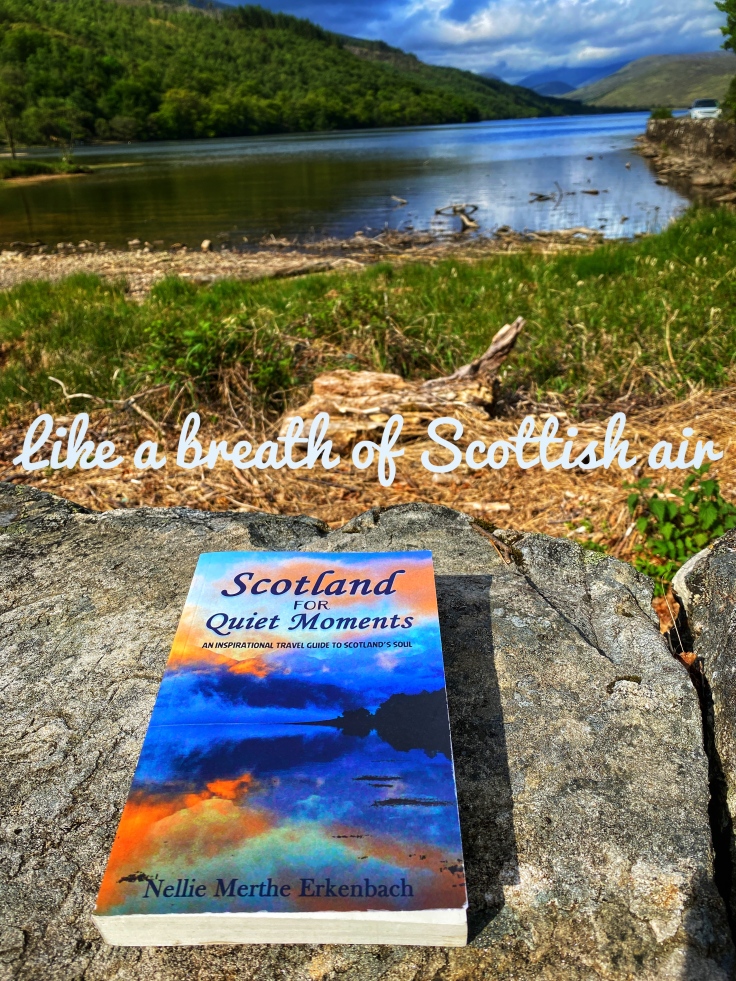
The stories of this book have been discovered and gathered for my blog, Graveyards of Scotland, over many years. Find treasure all over Scotland with my latest book. I am Nellie Merthe Erkenbach, journalist and author.The fairy hill in Inverness, a nitrate murder on Shetland, a family of left-handers, wolves, Robert the Bruce and William Wallace shown in a new light, the secret bay of the writer Gavin Maxwell, a murdering poet and so many things you didn’t know about Scotland, its clans and its history.
My main sources were historical travel guides from the 18th and 19th centuries, where the finds were scary, beautiful, funny, and sometimes, cruel.
This unusual approach to a country’s history has produced amazing results. You don’t have to share my passion for cemeteries to enjoy this book; only a small number of the stories in this collection take place in graveyards, though they do all end in them, so perhaps it helps.
Scotland for Quiet Moments is available @Amazon ⭐️⭐️⭐️⭐️⭐️


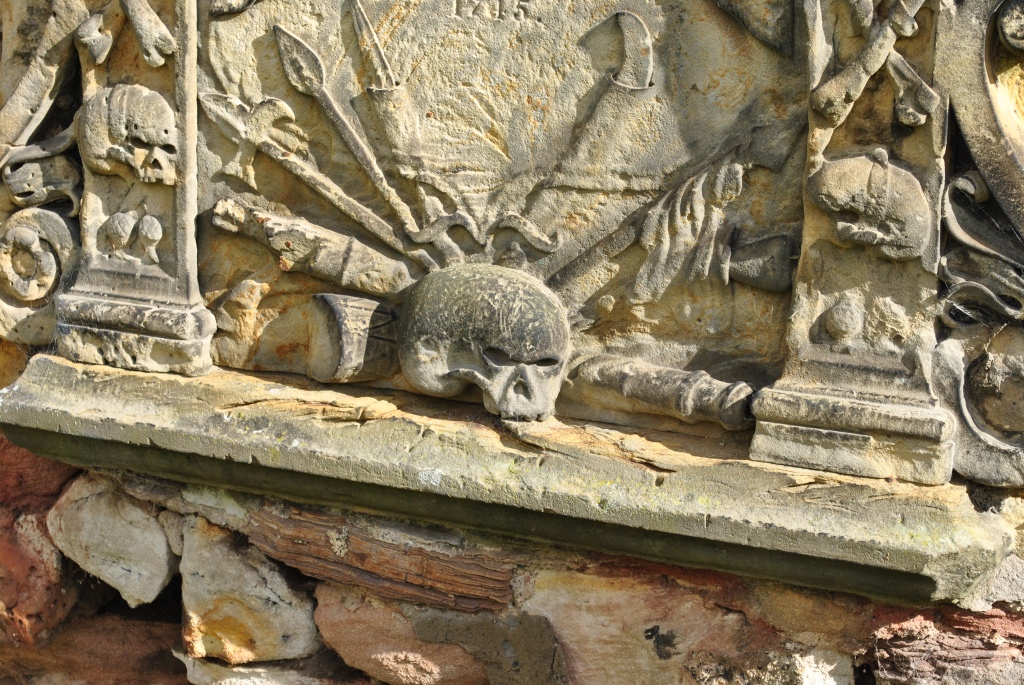


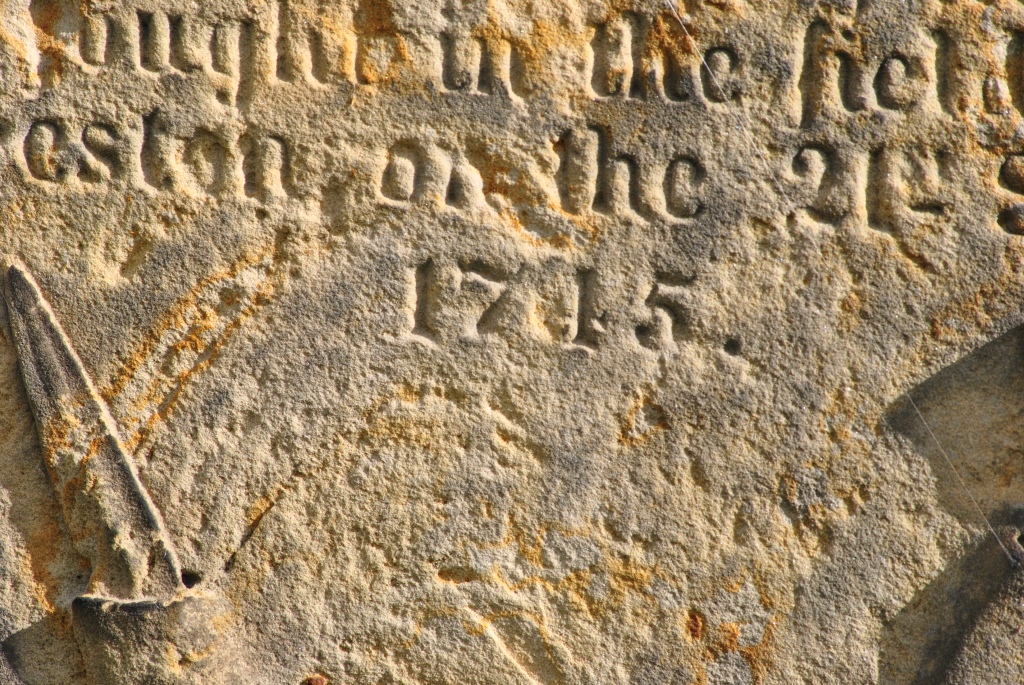





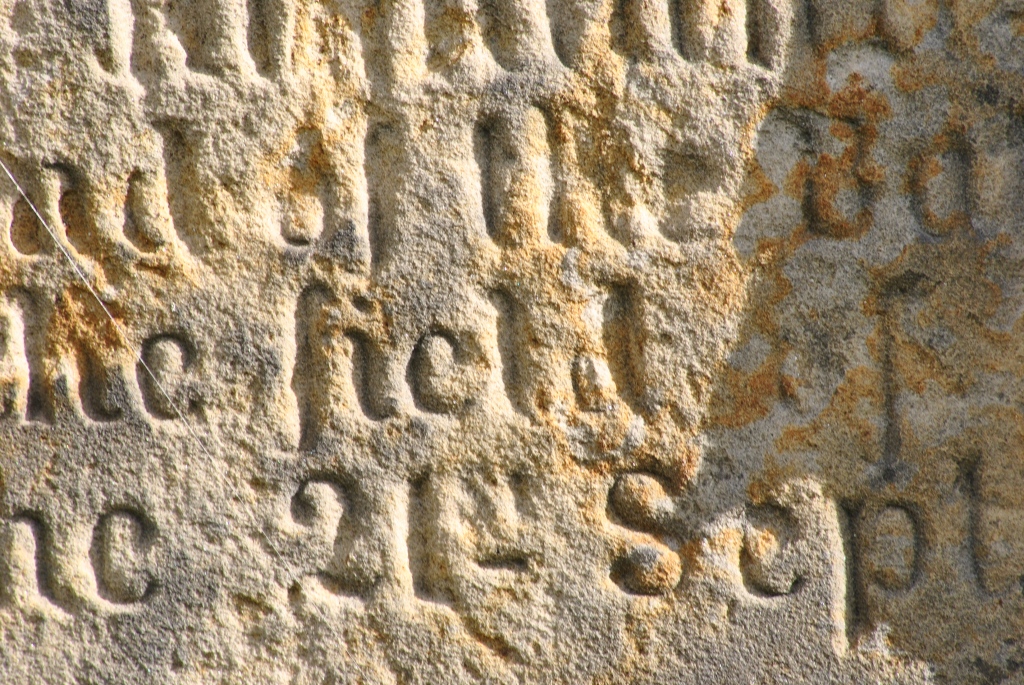


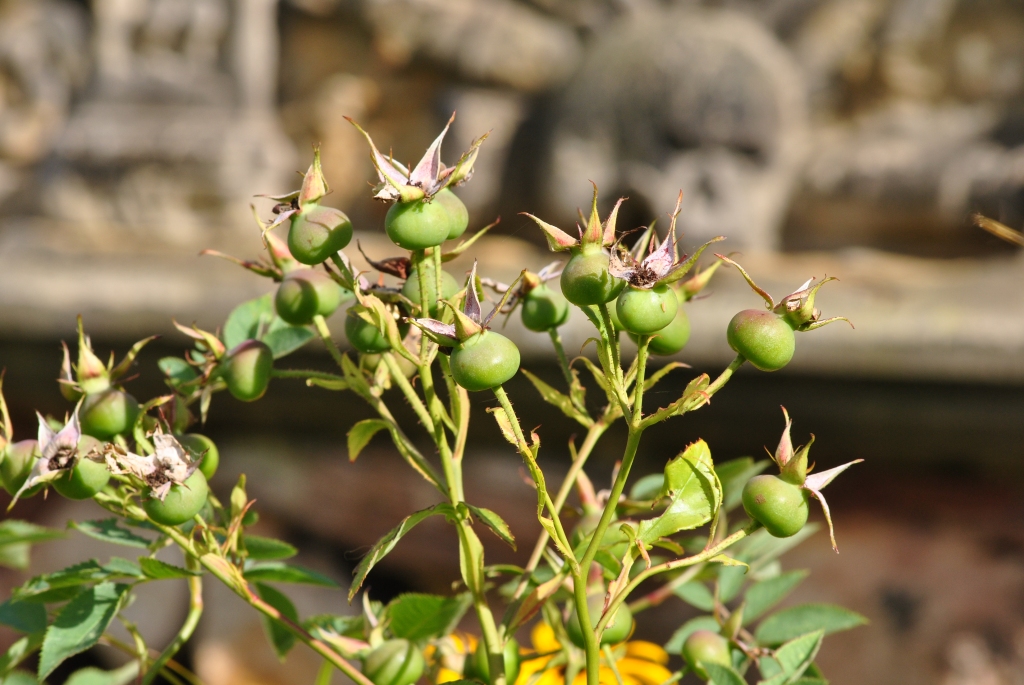
Leave a comment